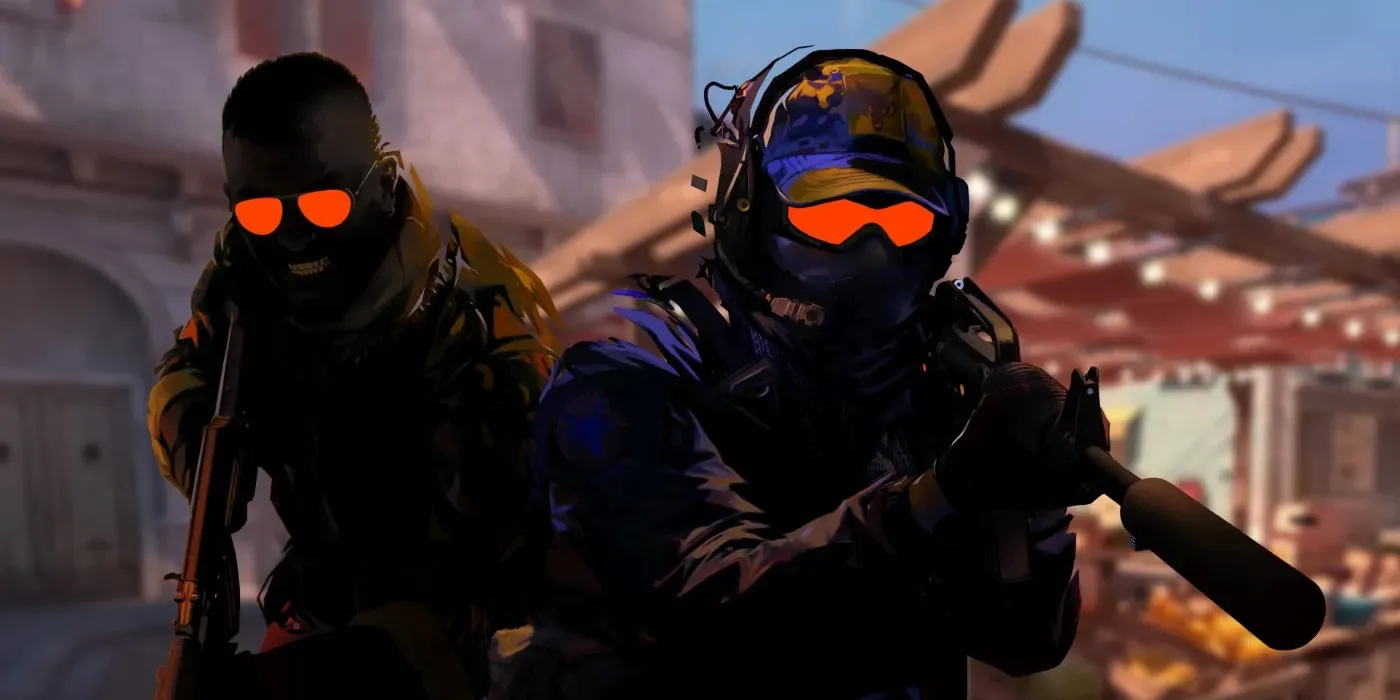Counter-Strike 2's arrival marked not just a visual and mechanical overhaul of Valve's iconic shooter, but also a new frontier in competitive analytics. In a game where success is determined by millisecond reactions and pixel-perfect accuracy, the most dedicated players are increasingly turning to data-driven approaches to gain competitive edges that raw practice alone cannot provide. The evolution from intuitive gameplay to analytical improvement represents the next stage in Counter-Strike's competitive maturity, enabling players to dissect their performance with unprecedented precision.
Accessing detailed cs2 player stats has transformed from an optional supplement to an essential component of serious improvement. The sophisticated statistical platforms available today capture thousands of data points across your matches, converting raw numbers into actionable insights that can fundamentally reshape your approach to the game. From weapon-specific performance metrics to positional heatmaps, from economy management patterns to clutch situation win rates, these analytical tools illuminate aspects of gameplay that remain invisible during the intensity of live matches.
Beyond Fraggers: The Multidimensional Performance Matrix
The most common misconception among Counter-Strike 2 players is that statistical analysis begins and ends with combat metrics. While headshot percentage, average damage per round, and kill-death ratios provide valuable baseline information, truly transformative statistical insights emerge from more nuanced measurements that correlate more directly with round and match victories.
Entry fraggers benefit from analyzing opening duel success rates across different maps and starting positions rather than focusing on overall kill counts. Support players might find more value in flash assist percentages or trade kill efficiency metrics. AWPers should examine first-shot accuracy and pick success rates in relation to specific map positions. Most importantly, economy impact statistics—measuring how effectively your damage and kills diminish enemy economic strength—often reveal optimization opportunities invisible through conventional performance metrics.
Map Control Analytics: Positional Optimization
Counter-Strike 2's sub-tick server infrastructure and enhanced movement mechanics have subtly altered optimal positioning across all competitive maps. Statistical analysis has become crucial for identifying these positional optimizations:
Heatmaps showing kill distribution and death locations can reveal unconscious positioning tendencies that expose you to disadvantageous angles.
Success rate analysis across different defensive positions helps optimize bombsite setups, particularly in post-plant scenarios.
Rotational timing metrics highlight inefficiencies in your movement between strategic map points, potentially saving crucial seconds during executes and retakes.
The most sophisticated analytical platforms can even isolate performance metrics based on which specific angles you hold within a single bombsite, identifying micro-optimizations for common defensive positions.
Weapon-Specific Performance Profiling
Counter-Strike 2's overhauled weapon behavior—especially the refined spray patterns and sub-tick registration—makes weapon-specific statistical analysis more valuable than ever. Comprehensive statistical tracking often reveals surprising disparities between perceived and actual weapon proficiency:
Accuracy metrics segmented by engagement distance can highlight optimal range bands for your personal rifle control.
Economic efficiency ratings measuring damage output relative to investment might reveal unexpected value in force-buy weapons you typically avoid.
First-bullet accuracy comparisons between tapping, bursting, and spraying can identify optimal firing techniques for your specific aiming tendencies.
Performance variation across different movement states (standing, strafing, counter-strafing) can pinpoint technical weaknesses requiring focused practice.
The Team Dimension: Synergy Through Statistics
For players competing in organized team environments, statistical analysis extends beyond individual performance to reveal team-level insights:
Flash assist networks show which player pairings generate the most effective utility-supported frags.
Site execution success rates segmented by different strategic approaches help optimize T-side playbooks.
Defensive setup effectiveness metrics reveal which bombsite configurations yield optimal win rates against various attack patterns.
Trade efficiency measurements identify which player pairings most effectively convert disadvantageous situations through proper spacing and coordinated aggression.
Most importantly, round-type win probability analysis helps teams identify their statistical strengths and weaknesses across pistol rounds, eco rounds, force-buys, and full-buy scenarios—often revealing unexpected strategic advantages.
Creating Your Statistical Improvement Cycle
Transforming statistical insights into tangible skill improvement requires a systematic approach:
- Establish Measurement Baselines: Collect sufficient match data across various maps, weapons, and scenarios to establish statistically significant baseline metrics.
- Identify Priority Weaknesses: Use comparative analysis to identify performance areas with the largest deviation from target benchmarks, focusing on metrics most correlative with match outcomes.
- Implement Targeted Adjustments: Make specific, measurable changes to practice routines, positioning choices, or tactical approaches based on statistical insights.
- Measure Intervention Effects: Track statistical changes over controlled periods to determine whether adjustments are generating desired improvements.
- Iterative Refinement: Continue cycling through measurement, identification, implementation, and effect tracking to create a continuous improvement loop.
This methodical approach transforms vague improvement goals into concrete objectives with clear success indicators. Rather than the frustrating experience of plateau periods without clear causes, players gain a detailed roadmap for progression anchored in objective performance data.
The Mental Game: Confidence Through Objectivity
Perhaps the most underappreciated benefit of statistical analysis is its impact on the psychological aspects of competitive play. Counter-Strike 2's high-stakes rounds create significant performance pressure, often leading to subjective misinterpretations of one's effectiveness.
Statistical tracking provides an objective counterbalance to these emotional reactions. Slumps become quantifiable deviation patterns rather than mysterious skill deterioration. Hot streaks can be analyzed for repeatable elements rather than dismissed as temporary variance. Most importantly, players can separate actual performance issues from outcome-based results, recognizing when fundamentally sound play is being undermined by temporary statistical variance.
As Counter-Strike 2 continues evolving both technically and competitively, the integration of statistical analysis into improvement methodologies will increasingly differentiate casual players from dedicated competitors. Those who embrace this analytical approach gain not just immediate performance insights, but a systematic framework for continuous improvement throughout their competitive journey in Valve's definitive tactical shooter.

Comments
No Comments Yet. Be the first to create one down below!